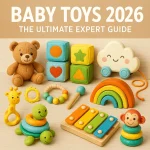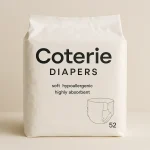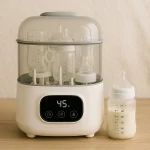- Baby Toys 2026: The Ultimate Expert Guide - 12/04/2025
- Father’s Day 2025 Gifts: The Ultimate Guide - 11/11/2025
- Dating Apps Ultimate 2025 Guide - 10/23/2025

Table of Contents
Welcoming a new baby into your life brings countless joys—and challenges. One important skill for many parents is bottle feeding. Whether you’re using expressed breast milk, formula, or a combination, mastering bottle feeding can make daily life much smoother for both you and your baby.
In this comprehensive guide, we’ll walk you through everything you need to know about how to bottle feed a baby properly, safely, and comfortably.
1. Why Choose Bottle Feeding?
Bottle feeding is a flexible option that fits many family needs. Some common reasons parents choose to bottle feed include:
| Reason | Explanation |
|---|---|
| Flexibility | Allows others (partner, grandparents) to feed baby |
| Measured intake | Easier to track how much the baby is eating |
| Medical reasons | Mother or baby may have health issues affecting breastfeeding |
| Return to work | Working parents often rely on bottles during daycare hours |
| Personal choice | Some mothers prefer bottle feeding for comfort or convenience |
Source: American Academy of Pediatrics (AAP) [1]
2. Choosing the Right Bottle and Nipple
Picking the right bottle and nipple is critical to ensure your baby feeds comfortably and safely.
| Factor | Options | What to Consider |
|---|---|---|
| Bottle Material | Plastic, Glass, Silicone | BPA-free plastic is lightweight; glass is durable; silicone is soft |
| Nipple Flow Rate | Slow, Medium, Fast | Newborns need slow flow; older babies may prefer faster |
| Bottle Shape | Standard, Wide-neck, Angled | Wide-neck bottles are easier to clean; angled bottles reduce air intake |
| Anti-Colic Features | Vented bottles, special nipples | Reduces the risk of gas and reflux |
Tip: Always start with a slow-flow nipple to prevent overfeeding and choking.
3. Preparing for Bottle Feeding
Before feeding, there are a few important steps to follow:
Sterilizing Bottles and Nipples
New bottles should be sterilized before first use. After that, daily thorough cleaning is essential.
| Step | How to Do It |
|---|---|
| Boiling | Boil bottles and nipples in water for 5 minutes |
| Steam Sterilizer | Use a microwave or electric sterilizer |
| Dishwasher | Use hot water setting (check manufacturer’s instructions) |
Source: Centers for Disease Control and Prevention (CDC) [2]
Choosing the Right Formula or Breastmilk Storage
If you’re not using fresh breast milk:
| Type | How Long Can It Sit Out? | Refrigerator Life | Freezer Life |
|---|---|---|---|
| Fresh breastmilk | 4 hours | 4 days | 6-12 months |
| Formula (prepared) | 2 hours | 24 hours | Do not freeze formula |
Important: Always follow the manufacturer’s instructions for formula preparation.
4. How to Bottle Feed Step-by-Step
Step 1: Find a Calm Environment
Choose a quiet, cozy space where both you and your baby can relax.
Step 2: Positioning the Baby
Hold your baby semi-upright, supporting the head and neck.
| Position | Why It’s Important |
|---|---|
| Semi-upright | Prevents choking and ear infections |
| Skin-to-skin | Strengthens bonding and calms baby |
Step 3: Feeding Technique
- Touch the baby’s lips with the nipple to trigger rooting.
- Let the baby latch onto the nipple (no forcing).
- Keep the bottle tilted just enough to fill the nipple with milk and avoid air bubbles.
Step 4: Burp Often
Burp your baby mid-feeding and after the feeding session to release swallowed air.
| Method | How to Do It |
|---|---|
| Shoulder | Hold baby against your shoulder, pat gently |
| Sitting on lap | Sit baby upright on lap, support head, pat back |
5. Common Bottle Feeding Problems (and Solutions)
| Problem | Signs | Solution |
|---|---|---|
| Baby refusing bottle | Crying, turning head away | Try different nipples, adjust milk temperature |
| Gas and colic | Fussiness, stomach bloating | Use anti-colic bottles, burp more frequently |
| Overfeeding | Spitting up, rapid weight gain | Watch baby’s hunger cues, use slow-flow nipple |
| Nipple confusion | Difficulty breastfeeding after bottle feeding | Use breastfeeding-friendly nipples, pace bottle feeding |
6. How Often and How Much to Bottle Feed
General Feeding Schedule
| Baby’s Age | Number of Feeds per Day | Amount per Feed |
|---|---|---|
| 0-1 month | 8-12 | 2-4 oz (60-120 mL) |
| 1-2 months | 7-9 | 4-5 oz (120-150 mL) |
| 2-4 months | 6-8 | 5-6 oz (150-180 mL) |
| 4-6 months | 5-6 | 6-7 oz (180-210 mL) |
Source: La Leche League International [3]
Signs Your Baby is Hungry
- Rooting (turning head toward touch)
- Sucking on hands
- Smacking lips
- Fussiness or crying
Important: Crying is a late sign of hunger. Try to catch earlier cues!
7. Advanced Bottle Feeding Techniques
Sometimes a simple tilt-and-feed approach doesn’t suit every baby. Here are more advanced techniques to improve bottle feeding success:
Paced Bottle Feeding (Responsive Feeding)
Paced feeding mimics breastfeeding and helps babies regulate intake naturally.
| Step | What to Do |
|---|---|
| Hold the bottle horizontally | Slows the flow, gives the baby more control |
| Let the baby suck for 3-5 swallows | Then tilt bottle down briefly to pause |
| Watch for cues | Allow baby to take breaks and stop when full |
Benefits: Reduces overfeeding risk, lowers gas and reflux issues.
Reference: Journal of Human Lactation (JHL) study on paced feeding [4]
Side-Lying Bottle Feeding
Especially good for premature babies or babies with reflux.
| How | Why It Helps |
|---|---|
| Baby lies on their side on your lap | Mimics breastfeeding position, reduces air swallowing |
| Bottle held parallel to the floor | Promotes better milk control |
8. Special Cases in Bottle Feeding
Feeding Premature Babies
- Use specialized slow-flow nipples
- Feed more slowly
- Monitor closely for fatigue signs
| Premature Feeding Needs | Notes |
|---|---|
| Specialized nipples | Slower flow to match suck strength |
| Frequent pauses | Prevents oxygen desaturation |
| Gentle burping | Premature babies swallow more air |
Reference: March of Dimes [5]
Feeding Babies with Reflux
- Keep baby upright for 30 minutes after feeding
- Use thickened formula (with pediatrician approval)
- Smaller, more frequent feeds
9. Bottle Safety and Hygiene
Bottle hygiene is critical to prevent infections like thrush and gastroenteritis.
Daily Cleaning Guide
| Cleaning Step | Best Practice |
|---|---|
| Rinse immediately after use | Use hot water |
| Wash thoroughly | Soap and bottle brush |
| Dry completely | Air dry on clean rack |
| Sterilize weekly | Especially for babies under 3 months |
CDC Guidelines on Infant Feeding Hygiene [2]
10. Transitioning from Bottle to Cup
Most babies can start transitioning to a cup between 6 to 12 months.
| Age | What to Introduce |
|---|---|
| 6-9 months | Small sips of water from sippy cup |
| 9-12 months | Practice holding open cup |
| 12+ months | Gradual phase-out of bottles |
Tips for Easy Transition
- Offer cup during mealtime
- Praise efforts, not just success
- Start with spill-proof training cups
Reference: American Academy of Pediatrics (AAP) Guidelines [1]
11. FAQs About Bottle Feeding
| Question | Answer |
|---|---|
| Can I microwave bottles? | No. Microwaving can create hot spots that burn the baby’s mouth. Warm bottles in hot water instead. |
| How can I tell if the nipple flow is right? | If milk drips steadily but not pours, and baby feeds without coughing or choking, the flow is right. |
| How often should I replace bottles and nipples? | Replace nipples every 2-3 months or if cracked. Bottles last longer unless damaged. |
| Should I wake a sleeping baby to feed? | Newborns may need to be woken if they haven’t eaten for 3-4 hours. Consult your pediatrician. |
12. Real Mom Tips and Expert Advice
Tips from Experienced Parents
- Warm the nipple, not just the milk: Some babies latch better if the nipple is warm.
- Try feeding in motion: Gentle rocking or walking can calm fussy babies during feeds.
- Use different bottle angles: Some babies prefer being more upright.
Expert Advice
“Follow your baby’s cues rather than the clock. Responsive feeding is key to nurturing a healthy relationship with food.“
— Dr. Laura Jana, Pediatrician and Author of Heading Home with Your Newborn
Final Thoughts: A Loving Process
Bottle feeding is not just a task—it’s a way to connect, nurture, and bond with your baby.
Whether you’re supplementing breastfeeding or exclusively bottle feeding, the ultimate goal is the same: a healthy, happy, and well-fed little one. 💛
Every baby is different. Trust your instincts, stay flexible, and remember: feeding is love, no matter the method.

📚 References
- American Academy of Pediatrics (AAP) – Infant Feeding
- Centers for Disease Control and Prevention (CDC) – Infant Feeding Hygiene
- La Leche League International – Bottle Feeding Guidelines
- Journal of Human Lactation (JHL) – Paced Bottle Feeding Research
- March of Dimes – Feeding Premature Babies
📑 Summary Table: Bottle Feeding Essentials
| Category | Key Tips |
|---|---|
| Preparation | Sterilize bottles; prepare formula safely |
| Technique | Semi-upright position; paced feeding |
| Troubleshooting | Switch nipples; monitor for reflux, gas |
| Transition | Move to cups by 12-18 months |
| Safety | Follow strict hygiene rules |
📈 Bonus: Quick Bottle Feeding Checklist
✅ Choose the right bottle and nipple
✅ Wash and sterilize properly
✅ Use correct feeding positions
✅ Burp often during and after feeding
✅ Watch hunger and fullness cues
✅ Transition to cups around 1 year
Recommended Articles:
- Baby Toys 2026: The Ultimate Expert Guide
- 100 Unique Baby Names Complete Guide 2025
- Kudos Diapers: 2025 In-Depth Guide for Parents
- Rascal And Friends Diapers: 2025 In-Depth Parent’s Guide
- Millie Moon Diapers: In-Depth 2025 Parent Guide
- Coterie Diapers: The In-Depth 2025 Guide
- Baby Bottle Washer and Sterilizer 2025(In-Depth)
- How to Bottle Feed a Baby 2025(In-Depth)
✅ Amazon's Best Gift Ideas

Luna Bean Hand Casting Kit – The Original Hand Mold Kit for Couples – Christmas Gifts, Bridal Shower, Wedding, Engagement Gifts for Her Him Anniversary for Men Women Wife Husband Boyfriend Girlfriend
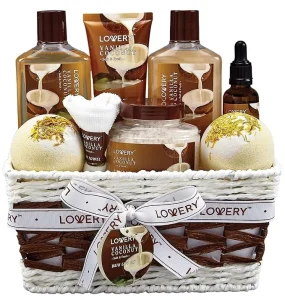
Gifts For Women Gift Basket for Women– 9 Piece Set of Vanilla Coconut Home Spa Set, Includes Fragrant Lotions, Extra Large Bath Bombs, Coconut Oil, Luxurious Bath Towel & More
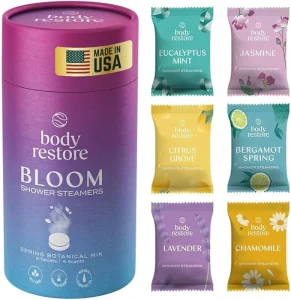
Body Restore Shower Steamers Aromatherapy 6 Pack - Christmas Stocking Stuffers, Birthday Gifts for Women, White Elephant, Relaxation, Self Care for Men - Bloom
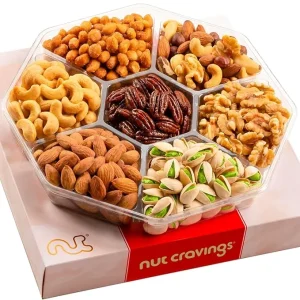
NUT CRAVINGS - Diwali Sweets Hamper Mid-Autumn Festival Mixed Nuts Gift Basket in Red Gold Box (7 Assortments, 1 LB) Food Arrangement, Healthy Snack Care Package, Food Assortments

From Crook to Cook: Platinum Recipes from Tha Boss Dogg's Kitchen (Snoop Dogg Cookbook, Celebrity Cookbook with Soul Food Recipes)
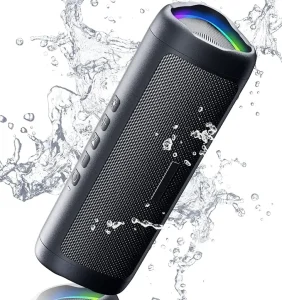
Bluetooth Speaker with HD Sound, Portable Wireless, IPX5 Waterproof, Up to 20H Playtime, TWS Pairing, BT5.3, for Home/Party/Outdoor/Beach, Stocking Stuffers, White Elephant Gifts for Adults (Black)
2026 Annual Event😊:
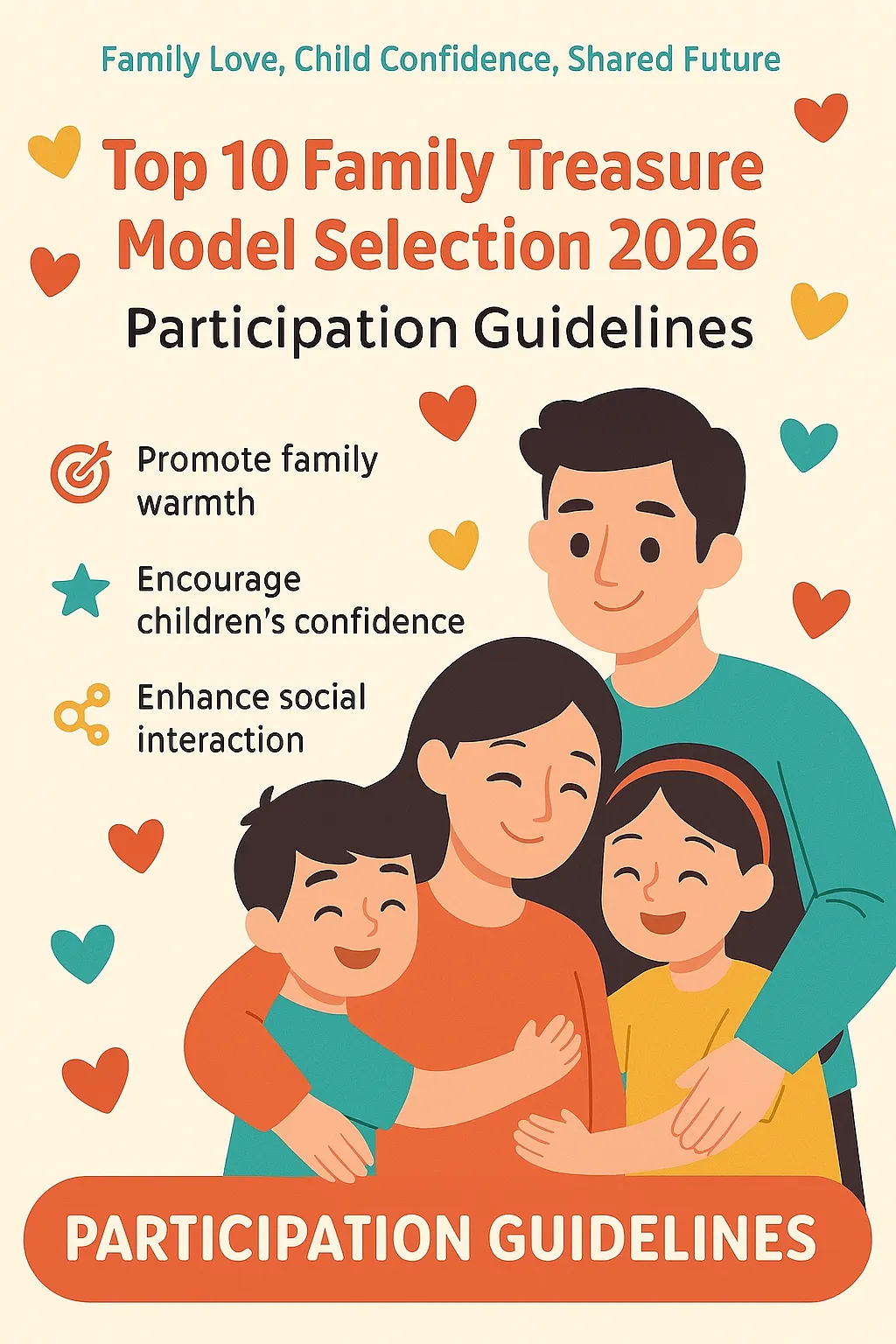
💕2026 Top Ten "Family Treasure" Model Selection💕
Participation Guidelines
🎯 Purpose of the Event
- Promote family warmth: Showcase the love and companionship between parents and children
- Encourage children’s confidence: Cultivate stage presence and creativity
- Enhance social interaction: Build a platform for family and community engagement
👶 Eligibility
- Age requirement: Children aged 3–12
📅 Event Schedule
- Registration period: December 1, 2025 – December 1, 2026
📝 Registration Method
- Online registration: Send application materials to Email: [email protected]
- Required materials:
- A child’s daily photo or a talent performance video (1–2 minutes)
- One family group photo
- A brief family story or participation statement
🏅 Awards
- Honorary Title: Top Ten "Family Treasure" Models
- Recognition: The names and corresponding photos of the winners
- Will be permanently displayed on the website loveahh.com
📌 Notes
- Authenticity of materials: All submitted information must be genuine and valid


